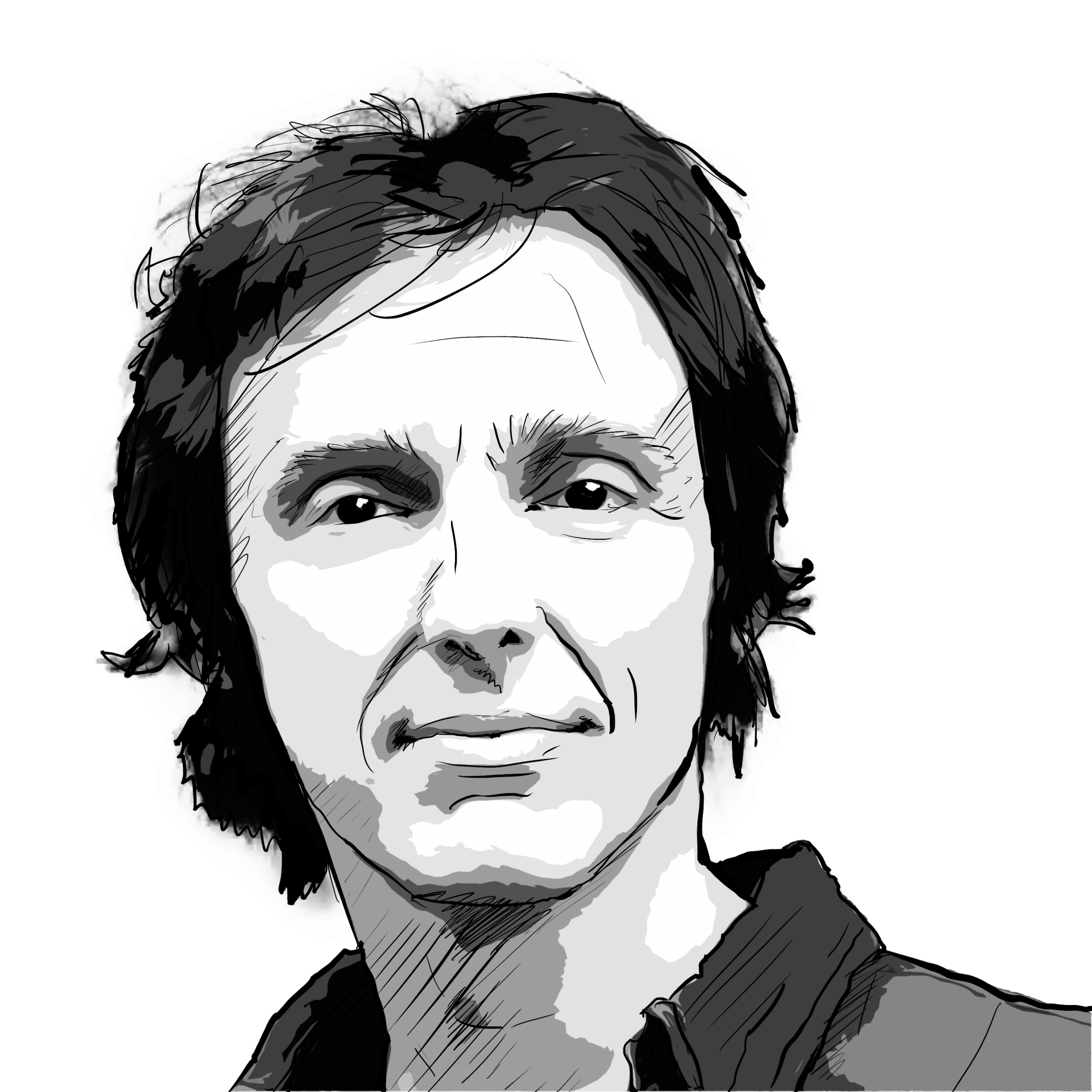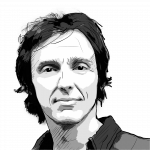Quantum mechanics remains the flavour of the month – for after all, it was in June 1925 that (according to legend) Werner Heisenberg invented it. The truth is rather more complicated, as it usually is. But this seems a good moment to explain what all the fuss is about.
By fuss, I mean argument. Quantum mechanics works just fine as a theory for predicting how things will work, like tiny silicon transistors or new materials or quantum computers. But there is still no consensus about what it means: what it tells us about the nature of the physical world.
Richard Feynman once claimed that the “mystery” at the heart of quantum mechanics is contained in the so-called double-slit experiment. This was first used in 1801 by the English scientist Thomas Young to show that light is a wave. In the version now popularly used, you shine a light beam through two closely spaced slits in a mask and let the light that passes through fall on to a screen. If the slits are very close together, you see not just two bands of light corresponding to those gaps but a whole series of light and dark stripes. These are created by the waves interfering with one another, their peaks and dips cancelling out in some places and reinforcing in others.
Quantum mechanics says that particles, such as atoms or electrons, can also be wave-like – an idea confirmed by a double-slit experiment for a beam of electrons, which produces alternating bands where many electrons hit the screen and where very few do. (The experiment also works with whole atoms and even with big molecules the size of proteins). Where things get strange is that we can arrange for just one particle to pass through the slits at a time, and we still get an interference pattern. It looks as if the particle goes through both slits at once, and interferes with itself.
Suggested Reading


Why there is still no consensus on what quantum mechanics means
That’s weird enough. But what if we try to see if this is true by detecting which slit the particle went through? If we do, the interference vanishes, the particles behaving like ordinary balls thrown through two open windows. It gets stranger: even if we cleverly arrange things so that we determine which path the particle took only after it has traversed the slits – the delayed double-slit experiment – this still destroys the quantum waviness. If we know by any means which slit the particle went through, we don’t see quantum-like interference; if we have no way of knowing its path, the interference remains. “This is a basic characteristic of nature and tells us something about everything,” Feynman said.
Heisenberg originally interpreted the effect of observing the particles’ paths as being due to the way any measurement disturbs the particles and changes the outcome. But that’s not quite right, as the delayed version of the experiment shows: it’s not a physical disturbance that matters, but the fact of knowing. This is a version of the “quantum measurement problem”: what does it really mean to make a measurement, and why does it seem as though merely observing a quantum object, no matter how carefully we do it, changes what it does?
It seems that, in the quantum world, making a measurement doesn’t tell us how things are but actually determines how they are: it creates our observable reality. Even today the instinct of many physicists rebels against this – like Einstein, they want to believe that there is an objective world out there whether we observe it or not. But it’s hard to reconcile such a view with experiments. One putative answer is that that objective world actually consists of an infinite number of parallel worlds that split from each other with every atomic-scale event, and that everything that can happen does happen in one world or another. This Many Worlds interpretation doesn’t exactly help us recover our intuitive sense of what reality is like.
Maybe we must accept instead that we live in what the American physicist John Wheeler called a “participatory universe”, in which we can never be mere observers but have an ineluctable role in what comes to be. Some physicists today take a bit of the strangeness out of that idea by formulating quantum mechanics in terms of what can and can’t be done with information. I like to look at it this way: it may be that we can ask more questions than the universe can give answers, and by asking some (“which slit did the particle go through?”) we rule out others. The theory then gives answers not about what “is” but about “ifs”: if we do things this way, what will we see?




